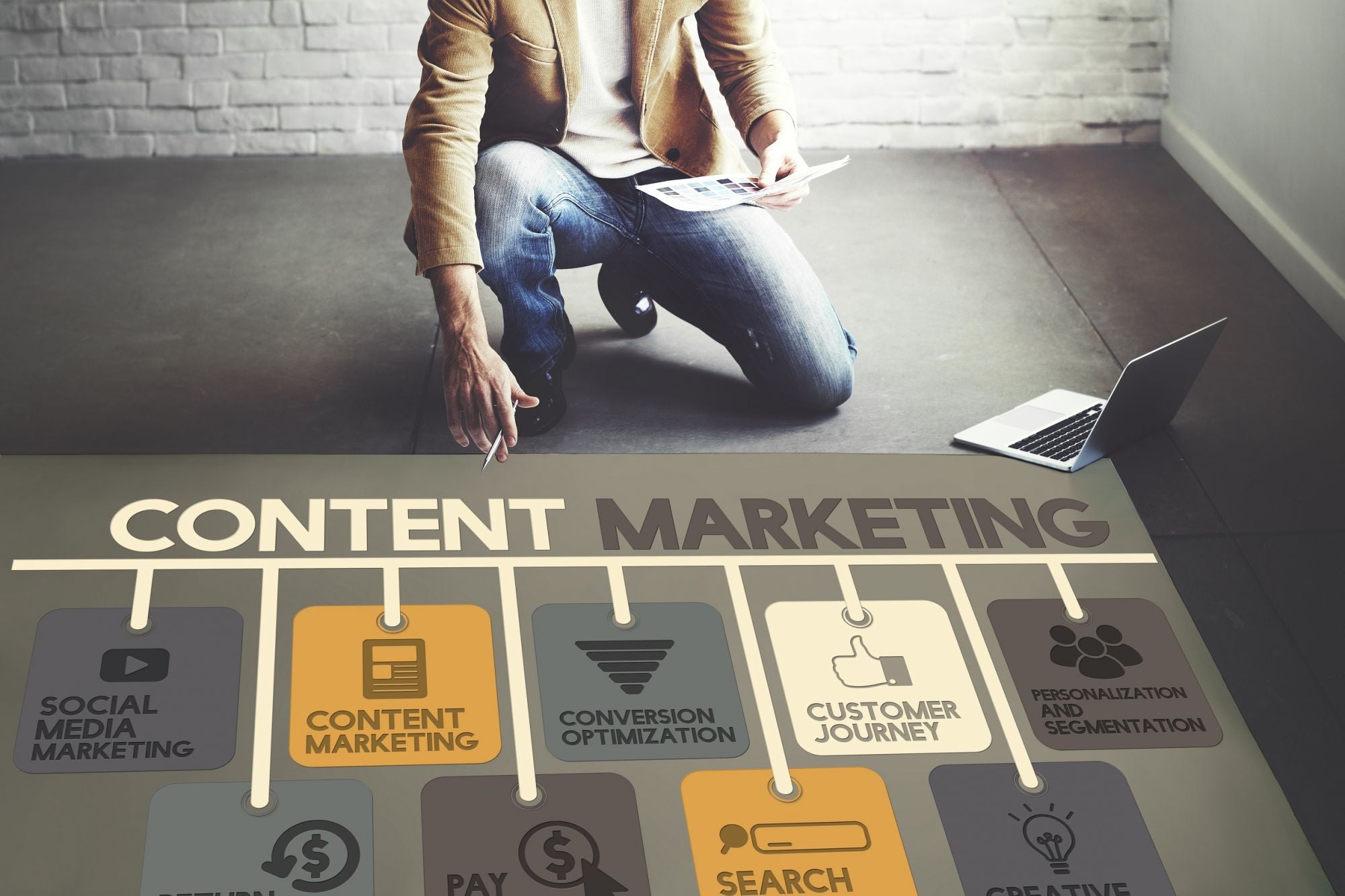Why Influencer Marketing is the Game Changer for Business Influencer marketing is a product of many content-driven campaigns that have characterised the digital era up to this point
Opinions expressed by BIZ Experiences contributors are their own.
You're reading BIZ Experiences Asia Pacific, an international franchise of BIZ Experiences Media.

Finding the right influencer is essential for your market positioning and campaign success. It's no secret that the easy days of TV to shelf marketing are long gone. Consumers of today are smart, savvy and connected shoppers — they have a plethora of choices available to them. Due to this, marketers have had to enhance their creativity to lure them towards their products and services. One such emerging method is influencer marketing.
KNOW THE BASICS
Influencer marketing is a product of many content-driven campaigns that have characterised the digital era up to this point. It capitalises on the social media followership of an "influencer' who is usually an authority on a particular niche. In contrast to traditional celebrity endorsements, influencers are seen as potential consumers themselves. Its merit as a marketing tool lies in how modern consumers pay less attention to a brand unless it's promoted by a peer or trusted source. A study by US-based influencer marketplace Tomoson shows that businesses generate $6.50 in revenue for every dollar spent on influencer marketing campaigns. According to another survey, 67 percent of marketers believe that influencer marketing helped them expand their audience reach. On the customer side, a whopping 92 percent of consumers say they trust an influencer more than they do traditional advertisements.
RETURN ON INVESTMENT
If you've implemented influencer marketing or have been thinking about using it to grow your business, here are three ways to maximize return on investment:
1 . Know your target audience: Your target audience will determine the characteristics of the influencer you need, the social platforms they use and also the offers that would appeal to them. Research your target audience, understand their sentiments and know their consumption behaviour before choosing any type of influencer-led marketing. A great tool for discovering some deeper insights on your audience is Facebook's Audience Insights tool, as it helps you discover demographics, likes, interests and activities of your particular audience.
2. Define success: It's important early on to establish your method for measuring your campaign's success. The most common indicators of return on investment, or ROI are: audience reach/impressions, engagement, follower growth, traffic increase, qualified leads and product sales. While at it, get hold of tools you can use to analyse the metrics you identified. For instance, Google Analytics gives valuable insights about website engagement and online sales. Try to also see the big picture when considering ROI and avoid fixating on a single metric.
3. Vet your influencers extensively: Any influencer worth its salt would know its audience, and would not sabotage its relationships by delivering content it doesn't believe in. There shouldn't be a conflict of values as you're enlisting influencers to create a dialogue with your target audience. It is thus, one must never give in to the lure of a large number of followers. There's a big difference between popularity and influence. It's common for influencers these days to buy likes and followers to boost their numbers. There's no denying that influencer marketing is a powerful tool and when used properly it can have a big impact on both brand awareness and your bottomline.
A SIMPLE CHECKLIST YOU CAN RELY ON WHILE VETTING INFLUENCERS
>>Looking for influencers with authenticity and a clearly defined voice
>>Researching whether they have worked with brands before. Has it worked, why so? Has it not—why not?
>>Dig into their audience demographics (do a quick sweep of top commenters, or ask your influencer for a screenshot of their audience insights)
>>Calculating their average engagement rate. Look at their most recent posts, divide the comments in each post by follower count and x 100 (for example, 1,000 comments/10,000 followers = ER of 10%). Do this for recent four-six posts to get an average.
>>Audience size (before you sign anything, ask the influencer for a snapshot of their audience insights)
>>Aligned ideals and passion for your brand
>>Cost and ongoing partnership opportunities
(This article was first published in the September issue of BIZ Experiences Magazine. To subscribe, click here)













